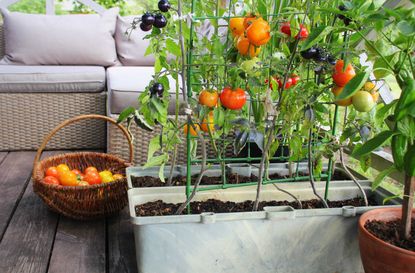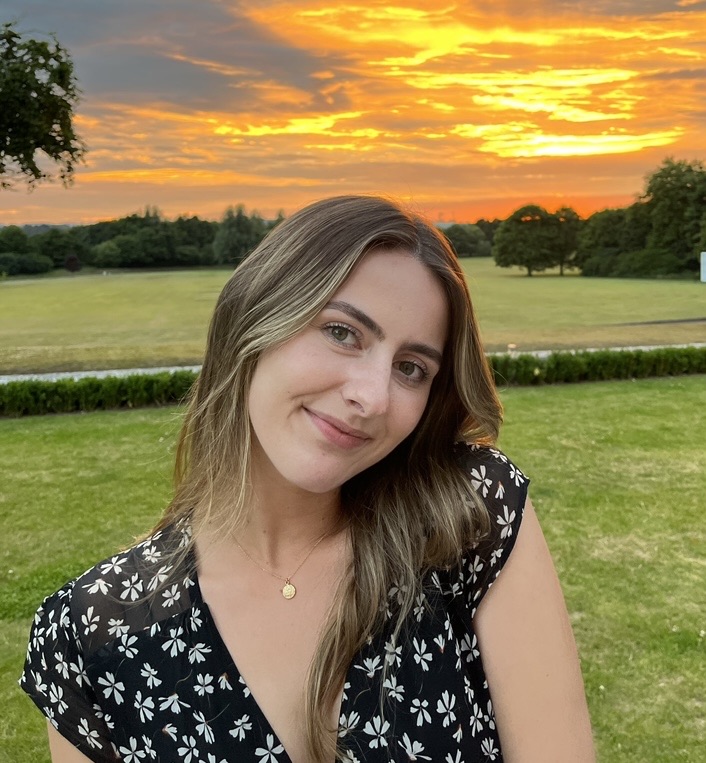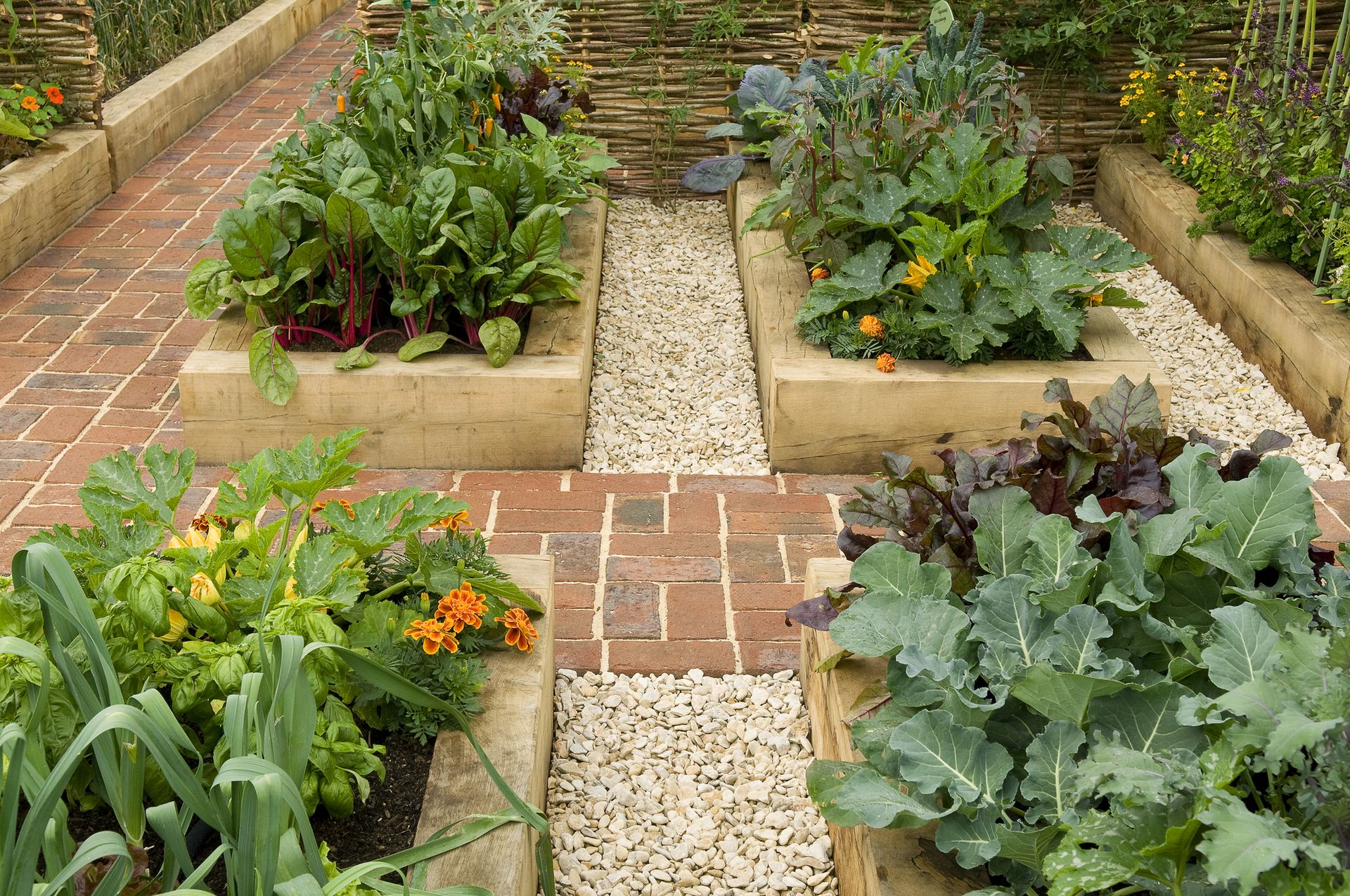How to save seeds for next year's garden – it'll save you money and improve your vegetable crops, too
As the main growing season comes to an end, it's the perfect time to harvest seeds from your garden vegetables to save for next year. Here's how to do it


Seeds can be expensive, and although the end result is so worth the cost, wouldn't you rather never have to buy seeds again? With a little extra effort, you can get the same result for free.
It is easy to get into a cycle of constantly buying seeds for your vegetable garden, but there's a way you can easily become self-sufficient when it comes to growing your favorite crops year after year.
Collecting your own seeds makes sense both economically and sustainably speaking. It is also super simple to achieve. We spoke to the experts who are regular seed harvesters to find out the best way to do it.
Why should I save my seeds?
The advantages of saving your seeds are many-fold. one of the most obvious, and attractive, is that it is cost-effective. 'Collecting your seeds is economical,' says Gene Callabero, expert gardener and co-founder of GreenPal. 'Instead of purchasing new seeds every planting season, you can harness seeds from the previous year.' At the end of the year, we always discover packets of unused seeds collecting dust at the back of a random drawer. Saving your own seeds might make you a little more responsible with your planting, or feel a little less guilty when you inevitably forget some.
The extra effort is almost worth it just for this alone, however, the task will also benefit your quality of produce. 'Saving seeds helps preserve heirloom varieties,' says founder of Get Set Gardening, Gabriel Keith. This is an important part of the cycle of plants and is necessary to preserve genetic biodiversity and agricultural diversity.
'For those who cherish rare varieties, saving seeds also allows you to maintain and propagate heirloom species that commercial entities might overlook,' advises Gene. This can be the case for tomatoes where companies favor the most popular varieties such as cherry tomatoes.
As you continue to harvest your seeds and replant them, they become accustomed to their environment, which is particularly useful if you are cultivating in a highly specific set of conditions or creating a vegetable container garden. Plants become acclimatised to the specific soil type and environment which means they often yield stronger and more resilient crops. This is called landrace gardening.
How do I harvest my seeds?

Once you have accepted the superiority of saving your seeds you may feel at a loss for what to do next. No need to panic though as we have entailed the expertise of gardening professionals to walk us through the process.
'For beginners keen on this there are some vegetables I would suggest starting with,' says Gene. 'Beans, lettuce, peppers, and tomatoes are your best bet. They're relatively straightforward when it comes to seed saving. More intricate vegetables like corn and squash need meticulous attention to avoid cross-pollination.' Choosing the right vegetables is your first step.
Next, you must select the right time. This will be different with every vegetable and dependent upon the environment. However, there are some tell-tale signs that your seeds are ready for harvesting. 'Allow the selected vegetables to fully ripen on the plant,' says Zahid Adnan, expert gardener at The Plant Bible. 'This often means leaving them on the plant past the point of consumption. Seeds are typically ready for harvesting when the fruit or vegetable has become overripe and starts to decline in quality,' he advises.
Extracting the seeds is easy. Simply scoop them out of the vegetable, and remove the excess pulp. This can often be done by washing with water. We love how this technique can be utilized everywhere, even in small vegetable gardens.

Size: 12.99"(L), 1.97"(H) x 3.15"(W)
Price: $9.99
How do I dry my seeds?
To ensure your seeds make a successful crop it is important that you get the initial care right. Drying the seeds is vital to the health and quality of your next crop. once you have cleaned them thoroughly to remove any pulp or vegetable flesh, get straight to drying.
'Lay the cleaned seeds out on a clean, dry surface, such as a paper plate or a glass dish. Let them air dry for a few weeks in a warm, well-ventilated area. Stir or turn them occasionally to ensure even drying,' explains Zahid. It really is that simple.
It is important to ensure your seeds are fully dry before you go to store them to prevent mold from occurring, spreading, and ruining all your newly harvested seeds. There are even some vegetables you should be planting in September, so get ahead of the curb and harvest your seeds now!

Quantity: 5
Price: $19.99
How should I store my seeds?
Seed storage is another important aspect that can often get a bit chaotic. Once the seeds are all dried out it is time to put them away for the year. It can feel like a long time between fall and spring, especially in gardening terms, which makes organization and clear labeling all the more important. Finding your seeds all mixed up, or worse moldy, is the last thing you want come spring.
'When storing, envelopes or glass jars in cool, dark places work wonders for seeds,' says Gene, 'I also always label them for easy identification.' Think of it like pantry organization.
If stored incorrectly the seeds can become inviable, this can happen for a variety of reasons but it is always important to check before planting. 'To check your seeds do a quick germination test,' says Gene. 'This involves placing seeds on a moist paper towel to check if they sprout, ensuring they’re still viable.'

Quantity: 64
Price: $14.49
How do I use the harvested seeds?
Now all that is left is to plant them in your vegetable garden. 'To prevent cross-pollination in your garden, consider using physical barriers or spacing techniques for different varieties of the same species,' recommends Zahid. This is particularly important if you are looking to retain heirloom varieties.
To keep on top of your seed journey you can keep notes on what plants have worked well. 'I recommend maintaining a gardening journal to track your seed-saving efforts, including the plant variety, collection date, and any special notes.' This can be useful in your next seed-saving activities.
'Continuously educate yourself about seed-saving techniques, as each plant type may require slightly different methods,' says Zahid. This is a helpful piece of advice to keep in mind when harvesting and planting your seeds.
Be The First To Know
The Livingetc newsletter is your shortcut to the now and the next in home design. Subscribe today to receive a stunning free 200-page book of the best homes from around the world.

Amy recently completed an MA in Magazine Journalism at City, University of London, with experience writing for Women’s lifestyle publications across arts, culture, and beauty. She has a particular love for the minimalist aesthetic mixed with mid-century furniture, especially combining unique vintage finds with more modern pieces. Her previous work in luxury jewellery has given her a keen eye for beautiful things and clever design, that plays into her love of interiors. As a result, Amy will often be heard justifying homeware purchases as 'an investment', wise words to live by.
-
 These 12 Best Table Lamps for Your Desk — Perfect Glows for a Creative Home Office
These 12 Best Table Lamps for Your Desk — Perfect Glows for a Creative Home OfficeThe best table lamps for your desk is have a soft, targeted glow. Elevate your WFH set-up with these stylish picks endorsed by Style Editor Brigid Kennedy
By Brigid Kennedy Published
-
 The Nespresso VertuoPlus is 30% Off for President's Day, and it's Kim Kardashian's Coffee Maker of Choice
The Nespresso VertuoPlus is 30% Off for President's Day, and it's Kim Kardashian's Coffee Maker of ChoiceThis sleek and stylish coffee maker was spotted in Kim's home bar, and you can currently save $60 if you buy yours from Amazon
By Lilith Hudson Published

